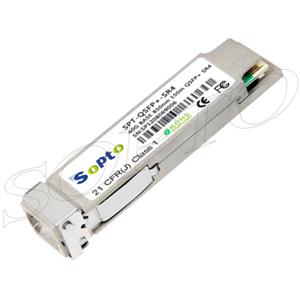-

- Sopto Home
-

- Special Topic
-

- Module Knowledge
-

- Experimental Results for the OSA Module and Components Implement
Module Knowledge
- Tips for Buying 10G XFP Transceivers
- XFP Transceivers for Telecommunications
- Three Types of Ethernet SFP Transceiver Modules Introduction
- Info about High Density CXP Optical Module
- Multipurpose CFP Optical Modules
- Info about CFP Management Interface
- SFP+ Transceivers Short Range Module Overview
- 3 Reasons Every Network Needs GLC-LH-SM Transceiver
- Is the GLC-SX-MM Transceiver Right for Your Switch?
SOPTO Special Topic
Certificate



Guarantee
Except products belongs to Bargain Shop section, all products are warranted by SOPTO only to purchasers for resale or for use in business or original equipment manufacturer, against defects in workmanship or materials under normal use (consumables, normal tear and wear excluded) for one year after date of purchase from SOPTO, unless otherwise stated...
Return Policies
Defective products will be accepted for exchange, at our discretion, within 14 days from receipt. Buyer might be requested to return the defective products to SOPTO for verification or authorized service location, as SOPTO designated, shipping costs prepaid. .....
Applications
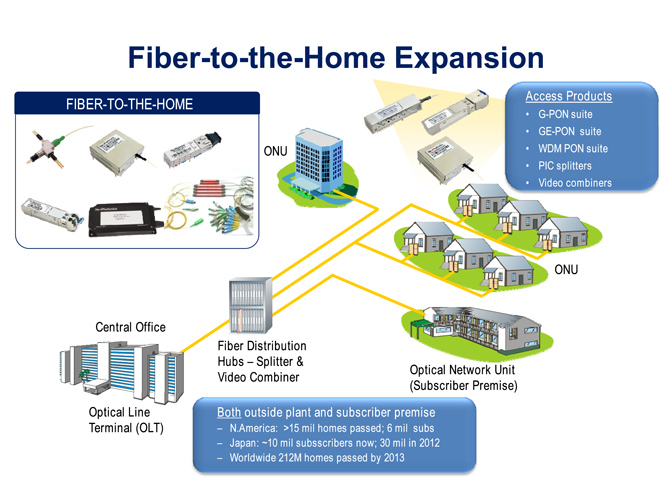 Fiber Optic Transceiver Modules can be applied to these occasions or fields.
Fiber Optic Transceiver Modules can be applied to these occasions or fields.
Ethernet
IPTV
FTTX
Security
Video Monitor
SDH/SONET
Data Communication
Storage Area Networks
SOPTO Products
- Fiber Optic Transceiver Module
- High Speed Cable
- Fiber Optical Cable
- Fiber Optical Patch Cords
- Splitter CWDM DWDM
- PON Solution
- FTTH Box ODF Closure
- PCI-E Network Card
- Network Cables
- Fiber Optical Adapter
- Fiber Optical Attenuator
- Fiber Media Converter
- PDH Multiplexers
- Protocol Converter
- Digital Video Multiplexer
- Fiber Optical Tools
- Compatible
Performance Feature
Stable
Low cost
Small size
Economic
Dust-proof
High speed
Hot-pluggable
Good EMI, EMC
Wide appliaction field
DDM function available
Long transmission distance
Good Anti-static performance
Module Knowledge
Recommended
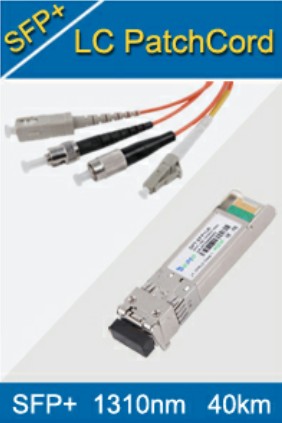
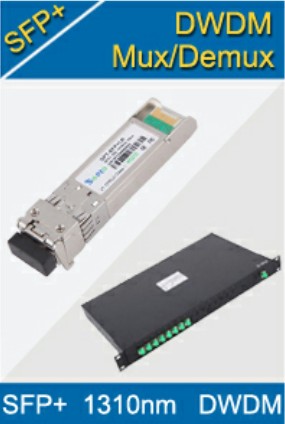
Experimental Results for the OSA Module and Components Implementation Part 2
Bidirectional optical signal transmission in full-duplex mode
To confirm the full-duplex bidirectional data transmission performance, eye-diagrams and frequency responses were measured and compared to those that occur during the half-duplex mode of operation.
For the measurement of the half-duplex mode, the idle transmitter and receiver parts in the up- and down-link modules are turned off, whereas for the full-duplex mode the idle parts are turned on. The eye-diagram openings at 10 Gb/s are clear for both the half-duplex and the full-duplex mode with a peak-to-peak output of 240 mV, as shown in Fig. 1
.png)
Fig. 1 Measured eye-diagrams of the bidirectional optical link at 10 Gb/s for (a) half-duplex and (b) full-duplex signal transmissions with 24.4 ps/div.
The eye-diagrams shown in Fig. 1 show that the peak-to-peak jitter increases from 33.6 ps in the half-duplex mode to 35.2 ps in the full-duplex mode. In contrast, the rise/fall times increased from 20.2/26.3 ps in the half-duplex mode to 22.8/29.4 ps in the full-duplex mode. These results indicate that the jitter and rise/fall times of the full-duplex bidirectional operation are slightly degraded compared to those of the half-duplex mode. This degradation might be caused by the inter-mode crosstalk between the up- and down-link originated from the idle electrical and optical components.
.png)
Fig 2 The measured S-parameters of the bidirectional optical link for full-duplex and half-duplex signal transmission (without and with crosstalk between the up- and down-link, respectively).
.png)
Figure 3 The measured frequency responses with the crosstalk of the unidirectional up-link
(a) Crosstalk from Ch1 to other channels
(b) Crosstalk from Ch2 to other channels,
(c) Crosstalk from Ch3 to other channels,
(d) Crosstalk from Ch4 to other channels.
Figure 2 shows the S-parameter measurements of the bidirectional optical link for full-duplex and half-duplex signal transmission. The difference in the 3-dB bandwidth is about 0.1 GHz between these two modes, suggesting that the inter-mode crosstalk is negligible. The frequency response is stable and uniform with a 3-dB bandwidth of 7.5 GHz, which is suitable for 10 Gb/s full-duplex operation. These results indicate that the full-duplex signal transmission undergoes negligible degradation of the bandwidth.
40G 850nm 150m QSFP+ SR4 Fiber Optic Transceiver Module
From the results shown in Figs. 1 and 2, the slightly higher jitter and bandwidth reduction for full-duplex operation may stem from the small amount of interference between the two widely separated wavelengths of 850 nm and 1060 nm. The crosstalk between the up- and down-link due to the full-duplex operation mode is negligible compared to the inter-channel crosstalk discussed in Fig. 3. Hence, full-duplex operation was successfully demonstrated with the proposed bidirectional OSA module design.
Conclusion
A 40 Gb/s optical link was demonstrated using a four-channel bidirectional OSA module. The OSA module was designed with individual SiOBs for VCSEL, PD and M-PD array chips; the deflection of light to and from the VCSEL/PD component was realized using 45°-mirrors formed in the fiber, which were then placed under the SiOBs for the VCSEL and the PD.
In order to split the up- and down-link light signals with low crosstalk, we selected two wavelengths of 850 nm and 1060 nm, which are widely separated. The up- and down-link light is split with wavelength filters inserted with the mirror under the VCSEL. These structures provide low crosstalk of less than −22.6 dB between neighboring channels in the full-duplex operation mode.
The frequency responses for the full-duplex and half-duplex operation modes demonstrated 3-dB bandwidths of 7.55 GHz and 7.65 GHz, respectively, suggesting that the inter-mode crosstalk is negligible. The fabricated bidirectional OSA modules demonstrated successful 40 Gb/s full-duplex optical signal transmission for the up- and down-links, in both cases.
The BER measurement was less than 10−12 up to 10 Gb/s/ch for each channel at the minimum input power of −8 dBm, which is suitable for data center applications. From the measurement results, the proposed 40 Gb/s OSA module is applicable for high-speed bidirectional data transmission through rack-to-rack and board-to-board optical links with negligible inter-channel and inter-mode crosstalk.
Notices: This article is reprinted from: opticsinfobase.org/oe/fulltext.cfm?uri=oe-22-2-1768&id=277085
By the way, Sopto supplies high quality fiber optical modules and fiber optical connectors with reasonable price. For the newest quotes, please contact a Sopto representative by calling 86-755-36946668, or by sending an email to info@sopto.com. For more info, please browse our website.
You May Like:
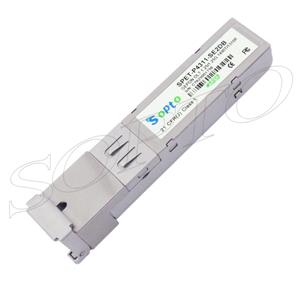 | 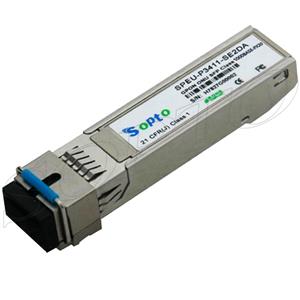 | 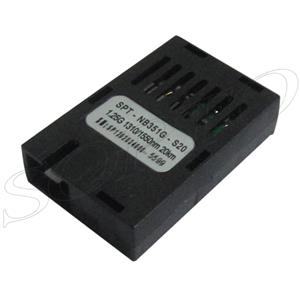 | 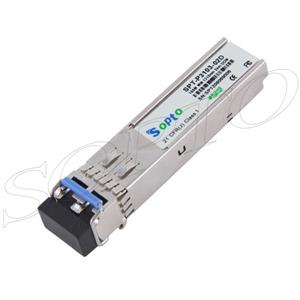 |
| 1.25G 1490/1310nm GEPON Fiber Optic Transceiver Module | 1.25G 1310/1490nm GEPON Fiber Optic Transceiver Module | 1.25G 1310/1550nm 20km SM BIDI 1X9 Transceiver | 155M/OC3 1310nm 2km MM SFP Fiber Optic Module |





-180x180.JPG)

